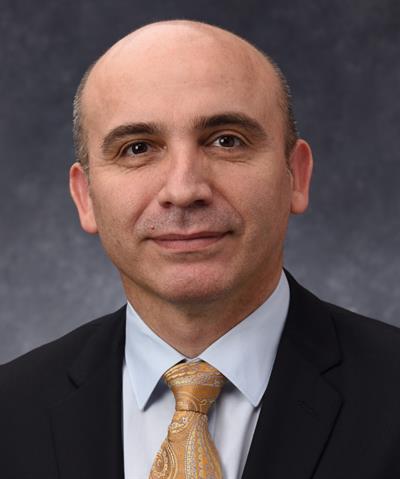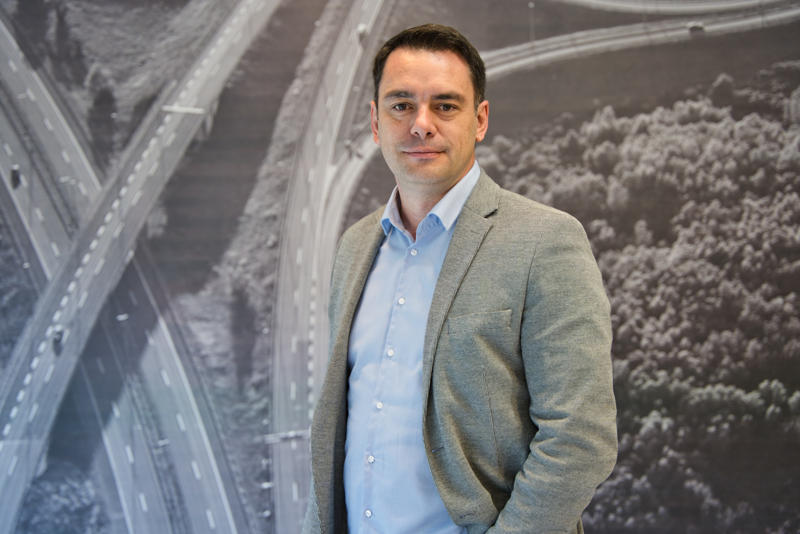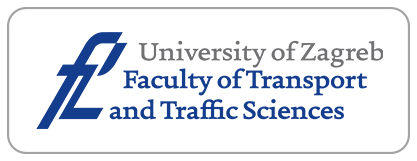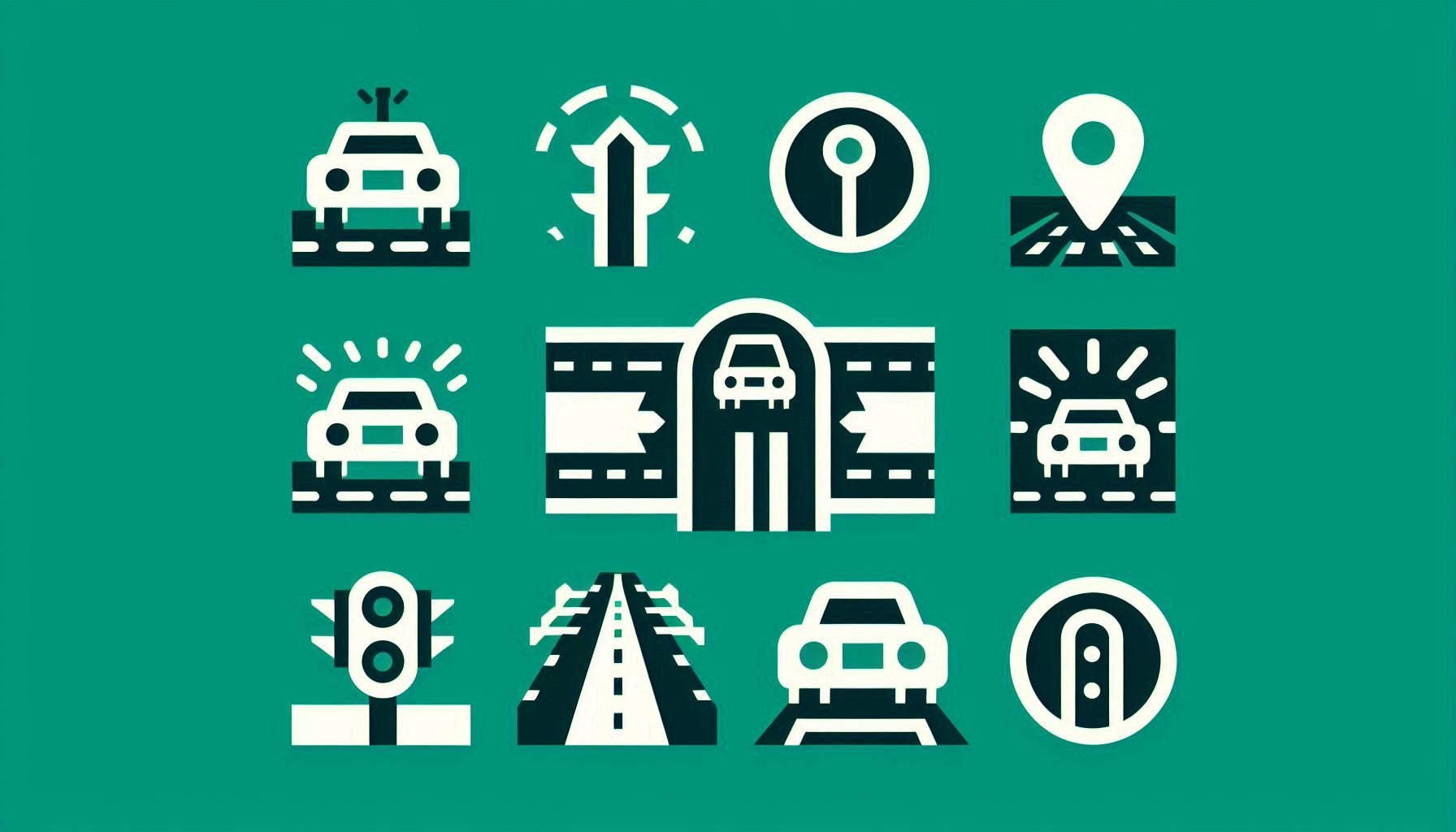2023: Sustainable Road Traffic and Road Safety
Vol. 35 No. 6 (2023): The Sustainable Road Traffic and Road Safety
Guest Editor: Aleksandar Stevanovic, PhD
Editors: Luka Novačko, PhD; Željko Šarić, PhD
Dear readers, dear authors,
The significance of sustainable road traffic and safety cannot be overstated in the contemporary world. This importance stems from the intricate link between transportation, environmental sustainability and human safety. Roads are the arteries of modern societies, facilitating movement and connecting lives, but they also pose significant risks and environmental challenges.
Road traffic accidents are a leading cause of death and injury worldwide. According to the World Health Organization, approximately 1.19 million people die each year as a result of road traffic accidents. This staggering number underscores the critical need for safer road practices and infrastructure. The impact of these accidents extends beyond immediate physical harm, affecting families, communities and the broader economy. Road injuries and deaths often lead to significant financial burdens, loss of workforce and long-term psychological trauma. The burden of road traffic injuries and deaths disproportionately affects vulnerable road users – pedestrians, cyclists and motorcyclists – and people in low- and middle-income countries. These countries have around 60% of the world’s vehicles but account for over 90% of road traffic deaths, highlighting a significant inequality in road safety (source: WHO). The loss of young and working-age individuals in road accidents has a profound demographic impact. It deprives societies of productive workforce members and contributes to a loss of skills and potential.
Sustainable road traffic is also central to addressing environmental concerns. The transportation sector is a major contributor to greenhouse gas emissions, which are driving climate change. Motor vehicles emit carbon dioxide and other pollutants that degrade air quality, harm public health and contribute to global warming. Implementing sustainable practices in road traffic management, such as promoting the use of electric vehicles, improving public transportation systems, and encouraging biking and walking, can significantly reduce these environmental footprints. Efficient and sustainable road traffic systems are vital for economic prosperity. Traffic congestion, a common issue in many urban areas, results in significant economic costs due to lost time, reduced productivity and increased fuel consumption. Sustainable traffic management strategies that reduce congestion can therefore contribute to economic efficiency and productivity. Additionally, investments in road safety and sustainable infrastructure are often recouped through reductions in the costs associated with accidents and environmental degradation.
Public transportation and cycling are cornerstones of sustainable urban traffic management. Efficient public transit systems significantly reduce the reliance on private vehicles, thus lowering traffic volume, decreasing emissions and conserving energy. They provide accessible and affordable mobility options, enhancing the inclusivity of city transportation networks. Cycling, supported by dedicated bike lanes and shared bike programs, serves as a zero-emission transport solution, further contributing to urban sustainability. Both modes promote environmental health by reducing the carbon footprint and improving air quality. Together, they represent key strategies for creating greener, more liveable and less congested urban environments, aligning with broader goals of sustainable city development.
Emerging technologies such as autonomous vehicles (AVs), smart traffic lights and artificial intelligence (AI) have begun to revolutionise road safety and sustainable road transport. These innovations hold the promise of drastically reducing traffic accidents, enhancing the efficiency of transport systems and reducing environmental impacts.
In conclusion, the importance of sustainable road traffic and safety is multifaceted, encompassing human, environmental, economic, social and health dimensions. It is a critical area that demands attention from policymakers, urban planners, engineers and the public. By focusing on sustainable practices and safety, we can work towards a future where roads continue to connect and enrich our lives without the current levels of associated risks and environmental costs.
We would like to express our gratitude to the authors, the reviewers and the Editor-in-Chief of Promet – Traffic&Transportation, Prof. Ivona Bajor, for giving us the opportunity to compile this reflection on current research in road safety and sustainable road transport.
Yours sincerely, editors of the thematic issue,
Assoc. Prof. Aleksandar Stevanovic, Ph.D.
University of Pittsburgh
Swanson School of Engineering
Pittsburgh, USA
Assoc. Prof. Luka Novačko, Ph.D.
University of Zagreb
Faculty of Transport and Traffic Sciences
Zagreb, Croatia
Assoc. Prof. Željko Šarić, Ph.D.
University of Zagreb
Faculty of Transport and Traffic Sciences
Zagreb, Croatia
Editors
Aleksandar Stevanovic, Ph.D.

Dr. Stevanovic is an Associate Professor of the Department of Civil and Environmental Engineering at the University of Pittsburgh. He teaches courses in traffic engineering, transportation planning, and operations research and conducts research in a variety of subjects including traffic signal control systems, intelligent transportation systems, multimodal and sustainable operations, transportation simulation modeling, etc. He has advised more than 30 graduate students (MSc and PhD) and five post-doctoral associates. He has published more than 150 journal and conference papers and presented at more than 80 international, national, and state seminars and professional meetings. He has been principal investigator on 31 research projects for a total of ~ $3.9 million in funding, and has authored more than 30 technical reports for various transportation agencies, including TRB/NAS, NSF, UDOT, UTA, FLDOT, NJDOT, and others. Dr. Stevanovic is a member of TRB AHB25 Committee for Traffic Signal Systems and he is also member of ITE, TRB, ASCE, etc. Dr. Stevanovic serves as a paper reviewer for 30 scientific journals and conference proceedings. Although Dr. Stevanovic’s main research interests emphasize arterial operations and traffic signal control, he is best known for his contributions in Adaptive Traffic Control Systems (ATCS). He is a sole author of the NCHRP 403 Synthesis Study – Adaptive Traffic Control Systems: Domestic and Foreign State of Practice and has been invited many times to give talks and teach about ATCSs, both nationally and internationally. His research has been highlighted in a range of media articles - from local newspapers to the TIME magazine.
Luka Novačko, PhD

Luka Novačko, PhD is part of PROMET Traffic and Transportation editorial board for over five years, where he obtained functions of section editor for road transport. As an Associate Professor at the Faculty of Transport and Traffic Sciences, University of Zagreb he obtains the function of Head of Department for Road Transport and he is also Head of Laboratory for Planning in Road Transport. His research interests include modelling and planning in road and urban traffic, traffic simulations and intersection design. He was also involved in numerous scientific and expert projects in the field of road and urban traffic and transport.
Željko Šarić, PhD

Željko Šarić Ph.D. is Associate Professor at University of Zagreb, Faculty of Transport and Traffic Sciences. His research work includes analysis of traffic accidents and road traffic safety methods. As the Head of the Laboratory for Traffic - Technical Expertise at the Faculty of Traffic Sciences, he regularly organizes various tests of collision processes in crash tests. He is an authorized specialist for collection and analysis data from Event Data Recorder in vehicles and a Court Expert for traffic accidents. He led several dozens of projects in the field of road traffic safety and conducted several traffic accident expertise for courts in the Republic of Croatia. In co-authorship with foreign authors, he has published several scientific papers in prestigious international journals and he is the author of the official methodology for the identification of road black spots in the Republic of Croatia. He is an authorized auditor for road safety and a member of the international association of court experts European Association for Accident Research and Analysis.




















